LISTEN TO THIS ARTICLE
Key Takeaways
- St. Louis’ dramatic office vacancy rate highlights a broader urban decline affecting several U.S. cities.
- The urban doom loop signifies a challenging cycle of decline that could impact city revenues and quality of life.
- Strategic efforts to revitalize downtown areas, seen in cities like San Francisco, could offer a blueprint for others facing similar challenges.
Decline in Downtown St. Louis Highlights Wider Urban Challenges in U.S. Cities
St. Louis, MO – In a striking illustration of urban decline, some say worse than San Francisco, California, the recent sale of a major office building in downtown St. Louis, Missouri has cast a stark light on the challenges facing many mid-sized American cities.
The former One AT&T Center, a prominent 44-story building, was sold for a mere $3.6 million, a drastic fall from its $205 million valuation in 2006.
This sale highlights a broader “urban doom loop” affecting cities like St. Louis, Baltimore, Flint, Detroit, Philadelphia, and Gary, each grappling with their own versions of urban decay and economic challenges.

St. Louis’ Steep Decline
According to a report by commercial real estate brokerage JLL, St. Louis’ downtown office vacancy hit a record 22.3% in the first quarter of 2024.
The city’s downtown, once bustling with commerce and activity, now presents a ghostly tableau with numerous buildings unoccupied and local businesses shuttered.
Experts attribute this downturn to a combination of factors, including a significant rise in remote work, lack of foot traffic, and a decade-long uptick in violent crime, which has created a vicious cycle of decline.
The concept of the “urban doom loop” describes a situation where declining city conditions cause residents and businesses to leave, which in turn exacerbates the downturn.
This phenomenon is particularly poignant in St. Louis, where the drop in commercial property taxes and subsequent decrease in municipal revenues threaten further cuts to essential services.
Comparison with Other Cities
The plight of St. Louis is not unique, as similar patterns are observed in several other U.S. cities:
- San Francisco, California, despite its challenges with rampant homelessness, unchecked crime, and a mass of barren commercial real estate amidst the remote-work boom, shows signs of recovery with strategies to repurpose office spaces to attract workers back downtown.
- Detroit, Michigan and Baltimore, Maryland face ongoing struggles with high vacancy rates and economic stagnation, despite efforts to revitalize their downtown areas.
- Flint, Michigan and Gary, Indiana have been dealing with long-term economic decline exacerbated by infrastructural and social challenges.
- Philadelphia, Pennsylvania has seen varied success with downtown revitalization efforts, aiming to balance historical preservation with modern needs.
United States Real Estate Investor News
United States Real Estate Investor News
Economic Impact and Future Prospects
The economic implications of these urban challenges are significant.
Declining downtowns can lead to reduced property values, lower municipal revenues, and a deteriorating quality of life.
Experts like Glenn MacDonald of Washington University suggest that revitalization efforts require a mix of policy intervention and private investment to break the doom loop.
Cities like San Francisco have begun addressing these issues by converting office spaces into more attractive and multifunctional areas.
Similarly, other cities are considering diverse strategies, including improving public amenities and enhancing safety and cleanliness, to make downtowns more appealing to residents and businesses.
Navigating the Urban Decline: A Real Estate Investor’s Perspective
As urban landscapes like St. Louis confront the stark realities of decline, real estate investors are finding themselves at a crossroads.
The drastic reduction in property values, exemplified by the former One AT&T Center’s sell-off at a mere fraction of its past worth, represents both a cautionary tale and a unique market opportunity.
The phenomenon has prompted a strategic reevaluation of investment approaches within the industry.
Related Facts
Unveiling the Origins of St. Louis
The vibrant city of St. Louis, Missouri, boasts a rich history that dates back centuries, beginning with its indigenous roots and culminating in its status as a thriving metropolis.
RELATED CONTENT
Founded in 1764 by Pierre Laclede Liguest and his intrepid scout, Auguste Chouteau, St. Louis was established as a fur trading post in the heart of the North American wilderness.
Situated near the confluence of the mighty Mississippi and Missouri rivers, the site was carefully chosen for its strategic location and protection from flooding.
Melting Pot of Cultures
As European settlers flocked to the burgeoning settlement, St. Louis underwent a period of rapid growth and transformation.
By the mid-19th century, it had become a melting pot of cultures, with immigrants from Germany, Ireland, Italy, Serbia, Lebanon, Syria, and Greece contributing to its vibrant tapestry.
Despite the challenges of the American Civil War and the Great Depression, St. Louis continued to thrive as a major center of commerce and industry.
The Iconic Gateway Arch
One of the most iconic landmarks of St. Louis, and indeed the entire United States, is the magnificent Gateway Arch.
Designed as a symbol of the westward expansion of the United States, the Arch stands as a testament to the pioneering spirit and ingenuity of the American people.
Construction on the Arch began in 1963 and was completed in 1965, with a total construction time of just over two years.
The Arch reaches a height of 630 feet, making it the tallest man-made monument in the Western Hemisphere.
Engineering Marvel: Construction Methodology
The Arch was constructed using a groundbreaking method known as “balanced cantilever construction,” which involved building each leg of the Arch simultaneously and connecting them at the top.
The project was not without its challenges, including the need to navigate the treacherous waters of the Mississippi River and the complexities of working with stainless steel.
Despite these obstacles, the Arch was completed on time and within budget, with a total construction cost of $13 million.
Symbol of Resilience
Today, the Gateway Arch stands as a symbol of St. Louis’s resilience and determination, attracting millions of visitors from around the world each year.
As the city continues to evolve and grow, its rich history and iconic landmarks serve as a reminder of the enduring spirit of the American Midwest.
Opportunities Amidst Decline
While the term “doom loop” paints a grim picture, savvy investors recognize the potential for regeneration and profit in such scenarios. Key strategies being considered include:
- Value-Add Investments: Purchasing undervalued properties with the intent to improve and reposition them can create significant returns, especially when market conditions eventually stabilize or improve.
- Long-Term Holds: Investors with the capacity to weather short-term market downturns may find that holding onto properties in declining markets can pay off as revitalization efforts take effect.
- Diversification: Expanding into different types of real estate, such as residential, industrial, or mixed-use properties, can hedge against the risks associated with any single market segment.
Investor’s Role in Urban Renewal
Real estate investors are not merely passive observers but can be key players in the revitalization of urban centers.
By investing in and upgrading properties, they can attract new businesses and residents, which in turn can stimulate local economies.
Investment in downtown amenities and residential conversions is one way investors are helping to counteract the urban doom loop.
Furthermore, public-private partnerships are becoming increasingly vital, as investors collaborate with municipalities to support urban renewal efforts.
These collaborations can lead to tax incentives, zoning changes, and other government-led initiatives that reduce investment risk and incentivize development.
Assessment
The current real estate climate in urban centers like St. Louis presents a complex scenario for investors.
The sharp decline in property values, exemplified by the sale of St. Louis’ former One AT&T Center at a considerable discount, illustrates the severity of the urban “doom loop.”
However, within this landscape of decline lies a spectrum of opportunity and responsibility for real estate investors.
For investors, the market downturn can unveil unique opportunities.
Value-add investments, long-term holds, and portfolio diversification offer pathways to capitalize on low property valuations.
Investors are positioned not only to benefit financially but also to contribute significantly to urban renewal efforts.
By injecting capital into property upgrades and development, they can ignite a regenerative cycle that boosts local economies and counters the doom loop.
Combining strategic investment decisions with a vision for long-term urban revitalization, investors could play a decisive role in reversing the fortunes of cities like St. Louis.
Collaborative efforts between private investment and public policy will be essential in reimagining and repurposing these urban landscapes into vibrant, sustainable communities.
As such, the intertwining of investment acumen with civic vision may chart the course for the rebirth of America’s urban cores, offering a beacon of hope in the face of daunting challenges.





















